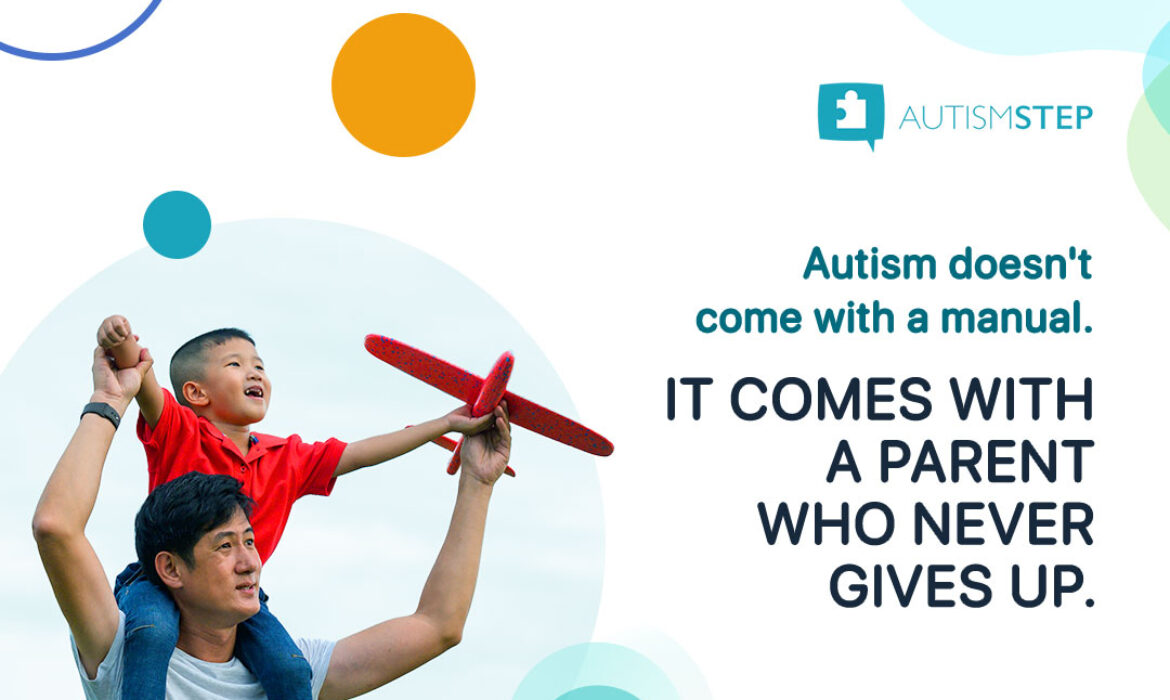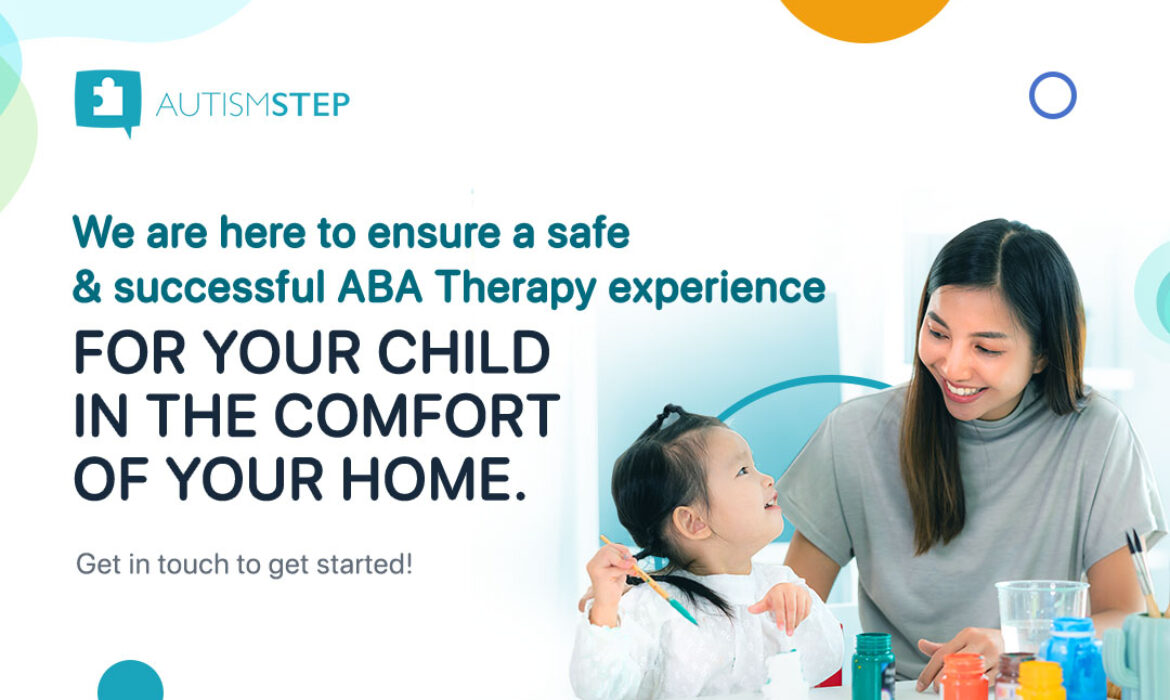Common Misconceptions about Applied Behavior Analysis
Applied Behaviour Analysis or ABA is a type of therapy that comes with several advantages. Unfortunately, several misconceptions have been spreading about it as well, leaving so many people missing out on the potential benefits that it could have provided for them.
For those who have seen the benefits of ABA Therapy in someone they know, we would like to hear your story!
#autismstep #autismsg #childwithautismsg #childrenwithautismsg #kidswithautismsg #autismtherapysg
5 Common Components of Applied Behaviour Analysis for Children with ASD
Applied Behaviour Analysis or ABA is a common therapeutic technique used in behaviour modification, and is proven to be most effective in children in the autism spectrum. There are also specific components that are crucial to any quality ABA program.
To gain a better understanding of ABA, we will discuss the five common components used in ABA sessions. Let’s take a closer look at each of them below.
1. Task analysis
Task analysis is defined by the National Professional Development Center on Autism Spectrum Disorders as “a teaching process that breaks down complex activities into a series of simple steps that students are able to learn more easily.” Behavioural therapists then teach those steps according to the child’s learning capacity until he or she can complete the task without assistance.
Task analysis is also an evidenced-based practice that is frequently used to teach self-help, develop appropriate communication skills, and other adaptive abilities. With positive reinforcement, the child can be trained to continue using these new skills in the future.

In a TASK ANALYSIS, behavioural therapists select the appropriate teaching method and customise it based on the child’s:
- temperament
- learning style
- history of what has and has not worked
- Individual Education Plan (IEP)/Individual Family Service Plan (IFSP)
- and environments within which he or she functions
2. Chaining
It can get frustrating for parents and the children themselves to foster positive behaviours in children with autism. Chaining is one tool that can help build a successful outcome.
Chaining involves small steps that must be taken sequentially to complete a task which allows ease of understanding and learning. For example, when teaching a child how to brush his teeth, he must take the toothpaste from the cabinet, open the lid, squeeze it onto his brush and so forth.
According to some behavioural therapists, chains are like recipes. People who would have no concept of baking bread rely on recipes to show them the step-by-step process. In the same way, children with autism learn to complete basic tasks which is more beneficial for them because the process is broken down into parts.

Task analysis and chaining can be combined. Before chaining, a task analysis must be done first to determine what behaviours should be associated with each other. During your child’s sessions, the behavioural therapist will determine which method of chaining works best based on his or her characteristics. The goal is to foster independence as the child completes the entire chain.
3. Prompting
Prompts are instructions, demonstrations, gestures, or other things that will serve as a nudge or a reminder that will increase the likelihood that a child will make a correct response. This approach can help avoid frustrations and meltdowns during the learning process.
Without prompting, a child with ASD may get frustrated in the process of fulfilling certain tasks while undergoing ABA therapy. Frustration can trigger negative behaviours to return which can lead to setbacks. Basically, this approach relies on reinforcing correct responses that are prompted.

4. Prompt Fading
A lot of kids with autism tend to be prompt-dependent. But it’s not the child’s fault as prompt dependency can stem from well-meaning adults who are trying to help the child gain skills, but have not faded these prompts quick enough.
Ultimately, you want your child to feel secure in completing skills on their own. Therefore, prompt fading is an essential component of ABA Therapy because it weans the child from being too dependent on prompting to complete a desired task. This is systematically done until your child can perform new skills on his or her own.
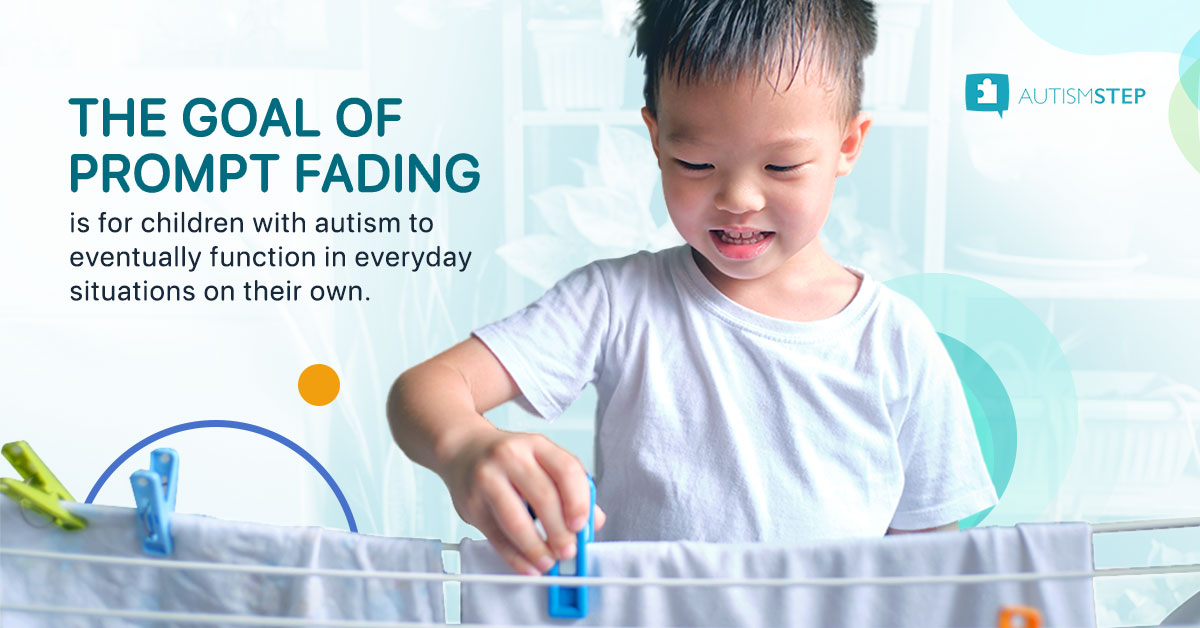
5. Rewarding
Even for adults, small changes are easier to make than large ones. The same is true for children in the autism spectrum. To help them overcome that struggle, rewarding is a form of positive reinforcement where attempts to complete a skill is encouraged until the child can perform the action or skill independently.
However, the child must be able to display the improvement consistently for the reward to be given. Some examples of rewards can be a Hi-5, verbal praises, a treat, tickles, playing bubbles, etc. The chosen reward will be based on what motivates the child.
The child’s usual performance would not receive positive acknowledgement, instead the therapist will highlight regular improvement. The reason for it is that positive reinforcement strategically encourages the individual to work towards mastering a skill.
These components are essential so that ABA Therapy can foster its intended effect. A successful program will help increase the skill levels of the child to the extent that the program is no longer required for them to function in a typical setting. For one-on-one sessions in the comfort of your own home, you can get in touch with us, here.
Read more about ABA Therapy:
6 Common Autism Treatment Options Available in Singapore
Parenting A Child with Autism
We understand that as much as autism is a struggle for kids who are on the autism spectrum, it is just as challenging for parents to manage.
It’s true that it takes a village to raise a child, and we want to be part of that journey. Remember that you are not alone. The right help is available.
Tag a friend who needs this reminder today.💙
#autismstep #autismsg #childwithautismsg #childrenwithautismsg #kidswithautismsg #autismtherapysg
A Home Program Designed for A Child with Autism
AutismSTEP offers a Home Program to help your child progress in a familiar environment.
In-Home ABA Therapy offers the following benefits:
💙 Address common problems in a domestic setting (e.g. outbursts at bedtime, refusal to participate in meals, trouble with daily tasks and so on).
💙 Promotes the involvement of parents.
💙 The familiar environment reduces the time it takes to adjust.
Read more about our Home Program here – https://www.autismstep.com/home-program/, or you may call us directly at +65 6456 9950.
#autismstep #autismsg #childwithautismsg #childrenwithautismsg #kidswithautismsg #autismtherapysg
Red Flags for Language Delay
Are you concerned that your child is not displaying any progress in the way they communicate? Here are some red flags you need to keep an eye out for. 🚩
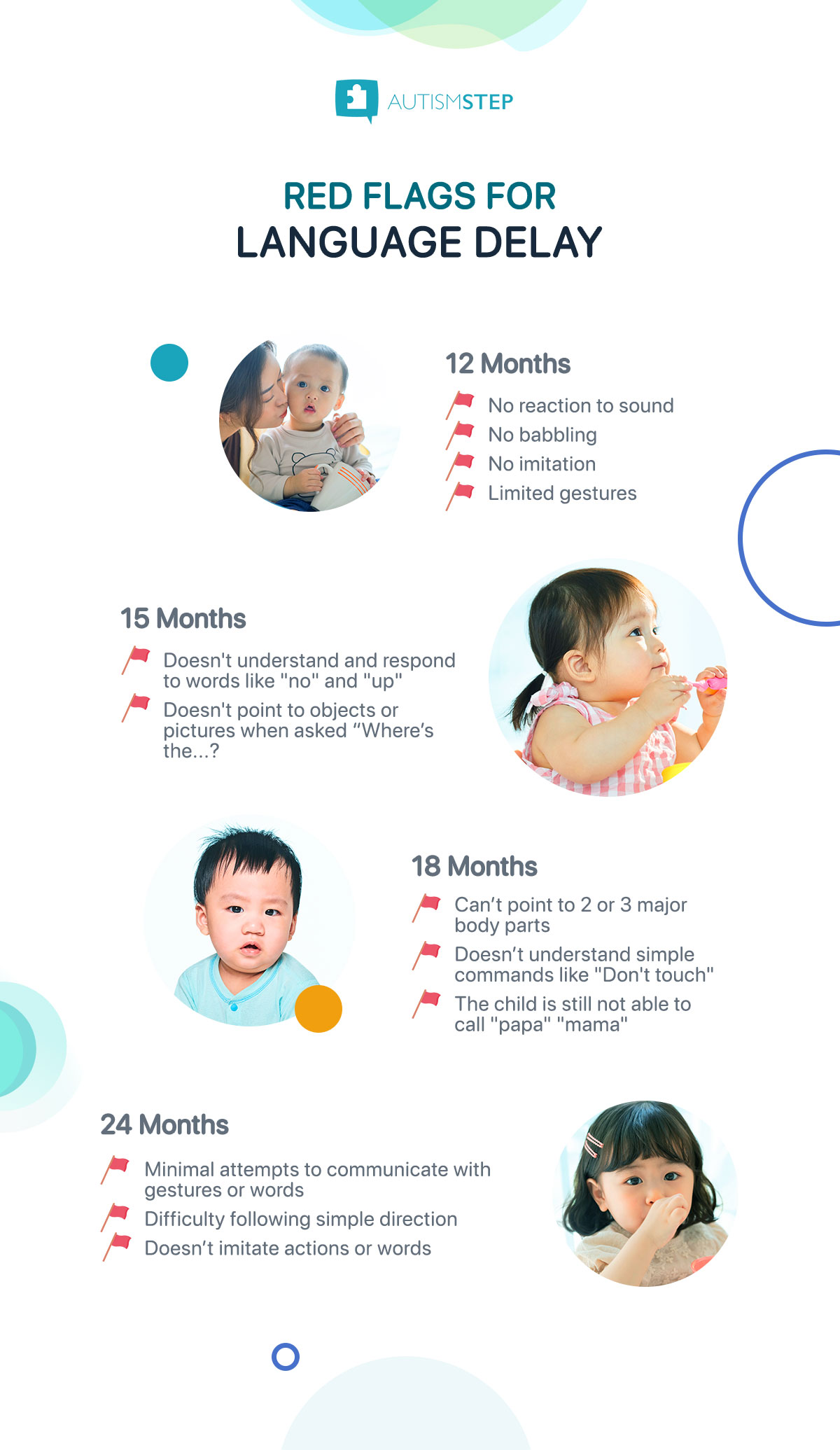
ABA is the scientifically-validated therapy that helps children on the spectrum work through areas of severe developmental delay, like language and nonverbal communication by breaking down tasks into small, achievable steps with positive reinforcement at each stage.👶👧
Tag a friend who needs to read this today.
#autismstep #autismsg #childwithautismsg #childrenwithautismsg #kidswithautismsg #autismtherapysg
Modelling: How Does It Work for Children With Autism?
Modelling is a useful intervention for teaching a variety of skills to children with autism who have well-developed imitation skills. It is a well-established teaching method that can be delivered by an actual person in front of the learner via filmed video that demonstrates how they should behave.👍
Modelling has been used to eliminate unwanted behaviours, reduce excessive fears, facilitate learning of social behaviours, and many more. It can help strengthen or weaken previously learned behaviours.
There are other well-researched techniques in ABA therapy to help your child who struggle with the developmental setbacks that come with ASD. We can discuss them with you in more detail by calling +65 6456 9950 or sending us your message here 📨 https://www.autismstep.com/contact/
#autismstep #autismsg #childwithautismsg #childrenwithautismsg #kidswithautismsg #autismtherapysg #modelling
6 Common Autism Treatment Options Available in Singapore
There is no cure for autism, but early diagnosis and treatment can help to reduce its severity. Research has shown that many features of Autism respond better when they are dealt with early, and different treatment options are available in Singapore today.
The interventions that make up an individualized treatment plan are tailored to meet the needs of each child, and the best way to help those within the autism spectrum disorder is through a series of treatments.
Clinical interventions are an integral part of this process as the right medication, for instance, can help improve symptoms such as hyperactivity, anxiety, aggressive or self-injurious behaviour. However, progress doesn’t rely solely on mainstream interventions as complementary therapies have been known to provide significant progress as well. These may include speech and language therapy, occupational therapy or behavioural therapies.
For the sake of discussion, we give you a quick run through complementary therapies that your child can benefit from.
Speech and Language Therapy
Some children with autism may not be able to speak at all or have limited speaking abilities. To communicate, they may utter grunts, cry, shriek, hum, or use robotic speech. Some may only repeat what another person is saying (echolalia). Meanwhile, on the other end of the spectrum, there are some who are able to express the right phrases or sentences, but they do so with an unexpressive tone of voice.
Speech therapy helps children learn communication and socialization skills. For children with ASD, it can help improve their verbal skills, non-verbal communication skills or learn alternate methods of communicating.
This treatment not only focuses on the aspect of speaking, but also helps children adopt proper non-verbal cues. Speech therapists will also teach proper vocal technique to help children express thought and emotions correctly.
Speech therapists assess the best ways to improve communication and enhance quality of life for children with autism. They work closely with schools, families, and other professionals in order to develop a plan that meets each child’s needs. Alternative methods are also introduced when appropriate to engage children who may not be able to speak or vocalize well on their own.
This treatment begins with an assessment of your child’s social-communication skills. From this initial evaluation, a speech therapist can recommend the following:
- Goals, strategies, and techniques
- Frequency and duration of therapy
- Parent/caregiver participation and training
Besides checking where your child stands in terms of speech, you may be advised to have your child’s hearing evaluated to rule out hearing loss as this could be the reason for their speech problems.
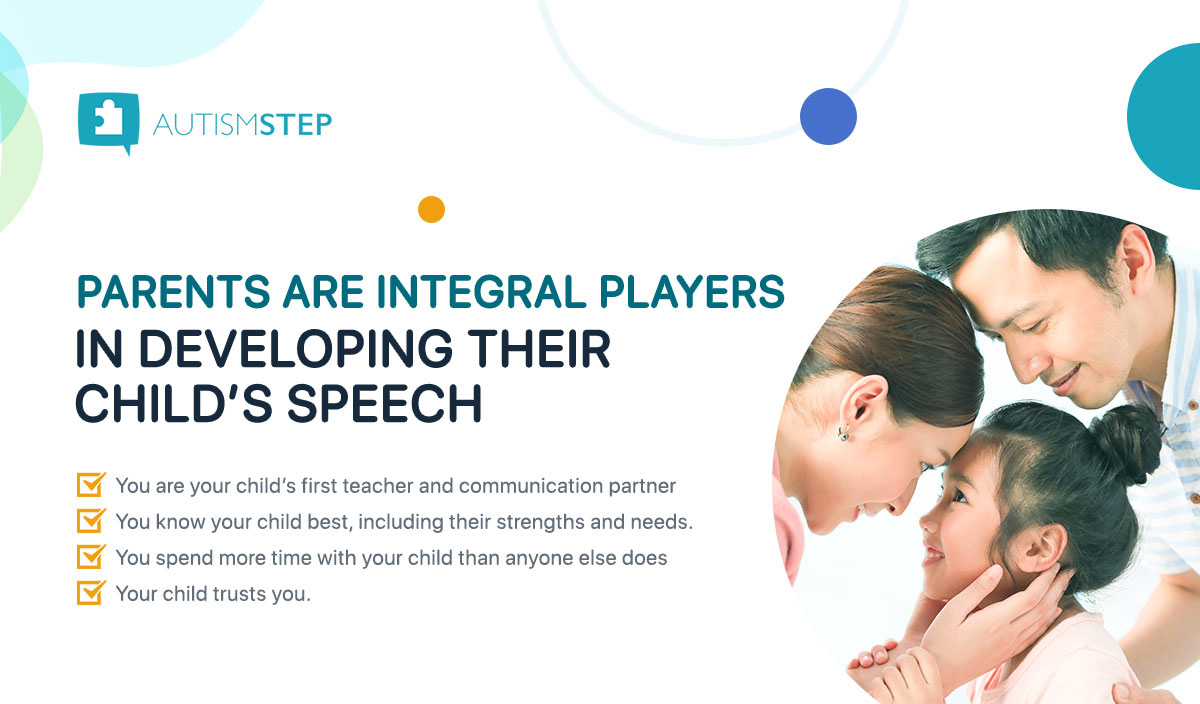
Music Therapy
Music has quickly become a useful tool in autism therapy because it can stimulate both hemispheres of the brain. A song or an instrument can be used to support cognitive activity to build self-awareness, social adaptation, and improve parent-child relationships.

Music therapy also creates a supportive environment where parents and children can bond in a healthy way. It encourages communicative behaviour and interaction with others.
Pet Therapy

Animal-assisted therapy is not the same as using animals to give comfort and affection to confined patients. It’s also different from using service, assistance or therapy animals.
In this approach, animals are made to live with families and are trained to do things like alert the family to early signs of seizures, stop a child from wandering, or interrupt repetitive behaviour. Through continuous interaction with animals, it is hoped that the child will develop empathy, love, responsibility and communication skills.
There’s no evidence that animal assisted therapy can help change the characteristics of autism, but it can be used to help autistic children manage their behaviour.
Most of the research on ASD and pet therapy has examined children and has mainly used dogs and horses for therapy. Studies have shown positive effects for the therapy, including high satisfaction rates among the participants’ families.
Cognitive Behavioural Therapy (CBT)
Children with ASD often get stuck in negative repetitive behaviours. To change the actions of those who manifest these patterns, it’s important to target the thoughts that motivate them.
CBT works under the assumption that all human behaviour is learned. It’s a form of talk therapy recommended for children with milder symptoms of autism. It helps the children learn techniques for managing emotions, communicating, resolving conflicts, and coping with stressful situations. It can help them understand the negative effects of their thought patterns and learn how to replace them with more positive ones.
CBT may be hinged on talk therapy, but it’s more than that. There are several techniques which include play therapy, modeling (acting out desired behaviours), restructuring, exposure, and trauma-focused CBT.
One of the main concerns with CBT is that it explores painful emotions and experiences which the child may feel emotionally uncomfortable with. This can make them cry, upset, or feel angry during a challenging session. Exposure therapy, for instance, requires the child to come face to face with difficult situations which can provoke stress or anxiety. However, these negative reactions can be minimised with a skilled therapist.
Occupational Therapy (OT)
A significant percentage of children with autism display significant unique sensory behaviours. For instance, they may excessively seek sensory stimuli or exhibit extreme avoidance or aversion to normal sensory stimuli. This results in pronounced stereotypic, repetitive and rigid behaviours which has an impact on the child’s ability to participate in daily activities and learning. Children with autism who exhibit unusual sensory responses will benefit from occupational therapy.
Furthermore, children in the autism spectrum may also have perceptual distortion, fine & gross motor coordination problems, and impaired self–care and play skills. Occupational therapy consultation should also be explored to target such issues.
OT focuses on mastering skills that are useful for children on a daily or frequent basis. The main goal is to foster self-sufficiency in young children who have difficulties performing basic tasks due to sensory processing disorders and learning differences. This type of treatment can also help them discover activities that can help reinforce particular skill sets.
The early interventions made by occupational therapists will depend on the goal that parents have for the child. The child undergoes an evaluation which will also identify suitable activities that parents and caregivers can do throughout the day to reinforce a skill, improve sensory processing, or encourage new learning.
Some of the usual goals of this treatment include being able to dress independently, feed themselves, and develop fine and gross motor skills (e.g. writing, coloring, or cutting with scissors).
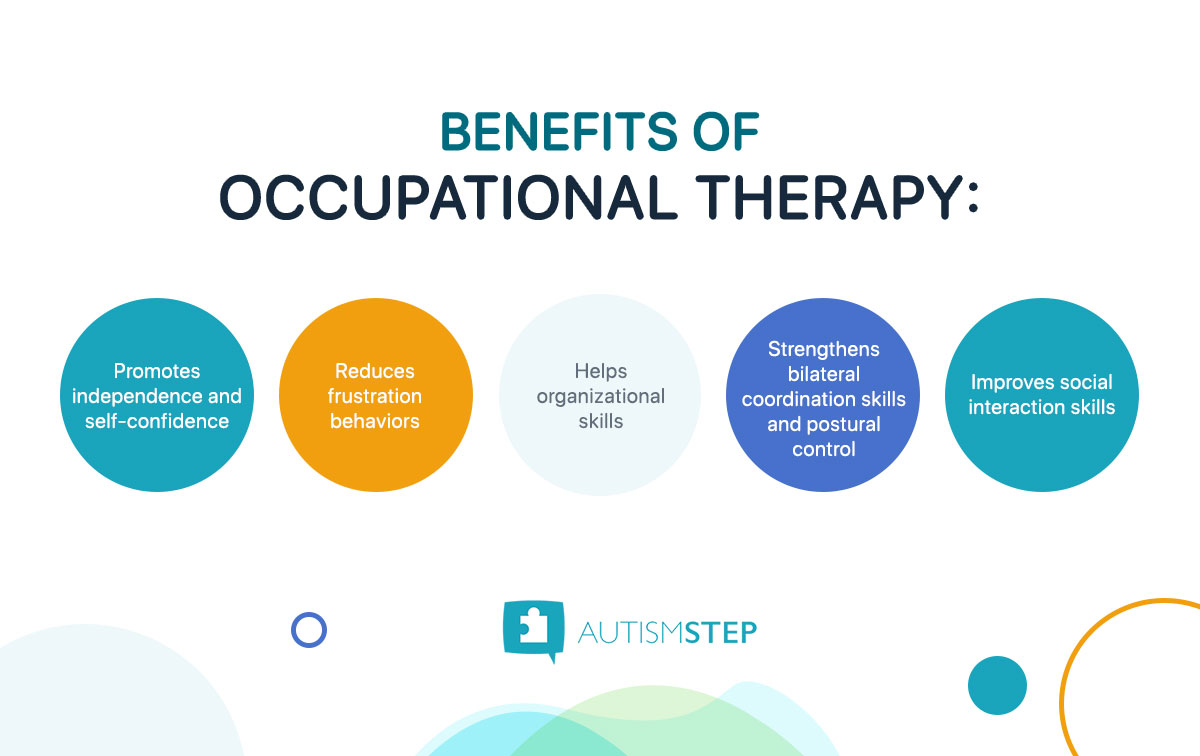
Applied Behavioural Analysis (ABA)
Typically, children on the autism spectrum resort to difficult behaviours such as shouting, aggression, and self-injury to get what they want. This aggression stems from a difficulty in interpreting social cues and making sense of what other people want them to do. For example, it’s harder for these kids to know how much noise is too noisy or how loud someone wants you to be during conversations because they often don’t have a grasp of the reasons why we use our voices differently depending on context.
To help them understand themselves better, we need to be observant of their motives for these actions so that we can work with them towards a more meaningful solution. For this purpose, the most common form of therapy which is Applied Behavioural Analysis (ABA) is used. It is a behaviour modification technique based on classical and operant conditioning.
ABA focuses on changing social and learning environments to help children with autism acquire communication and life skills. Rather than focusing only on extinguishing unwanted behaviours, ABA applies a learning paradigm to change. This paradigm fosters behaviour and skill repertoires that will compete with undesired behaviour. Among the different treatments for autism, ABA is the most established and well-documented approach for children with ASD and other behavioural disorders.
ABA versus CBT
Since it also targets behavioural aspects, ABA is often compared to cognitive behavioural therapy. One main distinguishing factor is that CBT takes a much broader approach while ABA addresses specific and immediate behavioural issues.

Benefits of ABA Therapy for children with autism
So what can your child stand to gain with ABA therapy? There are several benefits:
1. It teaches social skills
It can be difficult for children with autism to make friends and socialize. Fortunately, behavioural interventions used in ABA can help children of all abilities develop social skills that can lead them on the path towards making connections with others. Some of the areas that you will likely see improvement in are eye contact, responding to name and instructions, imitation skills, pointing and joint attention.
2. It provides structure and support
ABA Therapy follows a systematic and scientific approach, which can sometimes be repetitive. This repetition provides the structure that most children with autism prefer. The strategies applied in ABA therapy are also able to progress outside of treatment centers since therapists will train parents on these methods so they may continue them at home or other outdoor venues like schools and events.
3. Improves independent living skills
It’s pertinent in ABA therapy to track a child’s progress to take note of behavioural patterns and respond to them accordingly. This allows parents, caregivers, and teachers to encourage independent living skills like getting dressed, brushing teeth, and using the toilet.
4. Increases life satisfaction
When children develop independence, social skills, and the ability to manage frustrations, it gives them a sense of empowerment. While the process may take a while, engaging in these activities shows the child that it’s possible for them to achieve what others can at least to some degree. Through that they can form skills that can help them form bonds and enjoy the intangible benefits that come with human interaction.
5. Scientifically-proven
ABA is an evidence-based intervention complete with a clinical framework to prove that the strategies within this modality are effective. Through ABA children are taught the concrete skills needed to perform basic functions independently and engage in their communities in healthy ways.
6. It helps build positive coping skills
Studies have shown that ABA can cause a substantial decrease in harmful behaviours. This is especially important if your child is prone to self-harm or wandering. But if an ABA therapist is not properly trained or attuned to the child’s needs, he or she could inadvertently make target behaviours worse, or lead to the creation of new problem behaviours.
7. It helps parents and children
SWith the help of trained therapists, parents and teachers can now learn the best ways to guide children in the autism spectrum, increasing their chances of achieving their goals. Instead of merely trying to get through each day with a few meltdowns, caregivers will have a concrete treatment plan that is effective and productive.
At AutismSTEP, we use the beneficial effects of ABA therapy to help children with autism progressively improve. We believe in the constructive effects of this treatment and we have certified therapists on board to help your child through the process using a customised approach.
If you are keen to place your child under this treatment, these are certain measures to make the process less overwhelming for them, especially at the start.
We understand that you want to give them the help they need as soon as possible. But before anything else, you may want to go through some checklists to ensure that they are given the best experience possible.
You can help prepare your child’s first visit with the following:
- Provide a support system. Encourage family members to be proactive with this treatment plan and ask for their support.
- Create a “therapy” space at home. It helps that you have a dedicated space that is as distraction-free as possible. We suggest using a specific room or a separated space for ABA therapy sessions. Make sure that it is quiet and as calm as possible.
- Prepare your child. ABA therapy will be tolerated well when you establish routines and structure with your child.
- Educate yourself. ABA is not for every child on the spectrum. It is, therefore, your responsibility to do proper research and talk to professionals before choosing this treatment for your child.
We hope that this will provide you with all the necessary information to help you in your decision to find treatment. If you wish to seek help for your child, the sooner you do it, the better. Let’s schedule an evaluation today by calling +65 6456 9950, or send us a message here, and let’s work on how your child can progress.
Some autistic people report poor quality of life, but many do not
Autistic people vary widely in their quality of life, a new study shows. Some report shortcomings in their physical health and school achievement, among other areas, but many do not.
To help autistic people improve their well-being and satisfaction with life, researchers need a better understanding of what matters to individuals, says lead researcher Eva Loth, senior lecturer in forensic and neurodevelopmental sciences at King’s College London in the United Kingdom.
“It’s really important to consider each person and their circumstances individually, understand what aspect of quality of life is affected, why, and then decide with them what may be the most useful support,” Loth says.
Autistic people often report having a lower quality of life than non-autistic people do, a trend driven in part by social isolation and a diminished belief in their own capabilities, according to a study published earlier this year. They are also more likely to have anxiety or depression, which can impact a person’s ability to function in society and achieve life goals.
The new work suggests that anxiety and depression, not autism traits, explain why many autistic people score lower than non-autistic people across various measures of quality of life. It also shows that this gap closes for some autistic adults and children within specific areas, including physical health, leisure activities and school achievement.
Despite overall differences between the two groups, “individual quality-of-life outcomes vary, with some individuals clearly doing well,” says Judith Miller, senior scientist and training director at the Center for Autism Research at the Children’s Hospital of Philadelphia in Pennsylvania, who was not involved in the work. “We know we have a lot to learn about autistic individuals who are struggling. This paper shows we also have a lot to learn from autistic individuals who are doing well.”
Compounding factors:
Loth and her team analyzed survey data from 344 people with autism and 229 without autism who are part of a larger long-term European study. Adults completed a 26-item questionnaire about their physical health, psychological health, social relationships and opportunities for leisure activities. For children and teenagers in the study, parents completed a 45-item questionnaire that assesses physical and psychological comfort, risk avoidance, academic achievement and the availability of an adult to talk to about problems.
In every area, autistic people reported worse outcomes than non-autistic people, the study found. Two key areas showed the most dramatic group differences: Autistic adults reported higher levels of physical pain than non-autistic adults, and autistic children and teenagers lagged most behind their non-autistic peers in school achievement.
These differences did not reflect every autistic participant’s experience, though. On an individual level, almost half of the autistic adults reported levels of psychological health and satisfaction with friendships on par with those of non-autistic adults, and about 55 percent of autistic adults reported having similar opportunities for leisure activities as non-autistic adults.
For full article, please visit: https://www.spectrumnews.org/news/some-autistic-people-report-poor-quality-of-life-but-many-do-not/
Two special education schools to be redeveloped and located at new joint campus in 2025 – AutismSTEP
SINGAPORE – Two special education schools serving students with mild intellectual disability will have a joint campus, and redeveloped to accommodate more students.
Chaoyang School and Tanglin School, which are both run by the Association for Persons with Special Needs, will also have more facilities to cater to students across the autism spectrum.
The special education (Sped) schools will be located at the former Da Qiao Primary School in Ang Mo Kio in 2025. Chaoyang School is currently also located in Ang Mo Kio and Tanglin School is in Bukit Merah.
At the new site, Chaoyang School will provide 400 primary-level places and Tanglin School will have 350 secondary-level places. They currently have 320 and 260 students enrolled respectively.
Minister of State for Education Sun Xueling, who spoke to reporters during a visit to Chaoyang School on Thursday (Nov 5), said the schools hope to provide more places for children with mild intellectual disability who live in the north-Eastern and central regions of Singapore.
Ms Sun, who is also Minister of State for Social and Family Development, said it will be more convenient for families to have both schools located at the same site. It will also give the students a sense of familiarity.
For full article, please visit: https://www.straitstimes.com/singapore/parenting-education/two-special-education-schools-to-be-redeveloped-and-located-at-new
Young kid lost at Our Tampines Hub searched for mother on touchscreen mall directory – AutismSTEP
One lost child at Our Tampines Hub devised a rather creative — and hilarious — way of attempting to find his family.
Tried finding mother on directory
In a story shared on POWER 98 Love Songs’ Facebook page, the person who took the photo revealed that it was a primary school kid around the age of 11 or 12.
The child was looking for his or her parents.
Some kids might wander around, head to the information counter, or perhaps ask other passers-by for help.
This particular child, however, ingeniously decided to search “mom” in the mall’s digital directory.
Naturally, the directory stated that no result is found.

It is uncertain if the person who took the photo decided to help the kid out, or how the kid was reunited with his parents in the end.
For full article, please visit: https://mothership.sg/2020/10/lost-kid-find-mother-directory/




